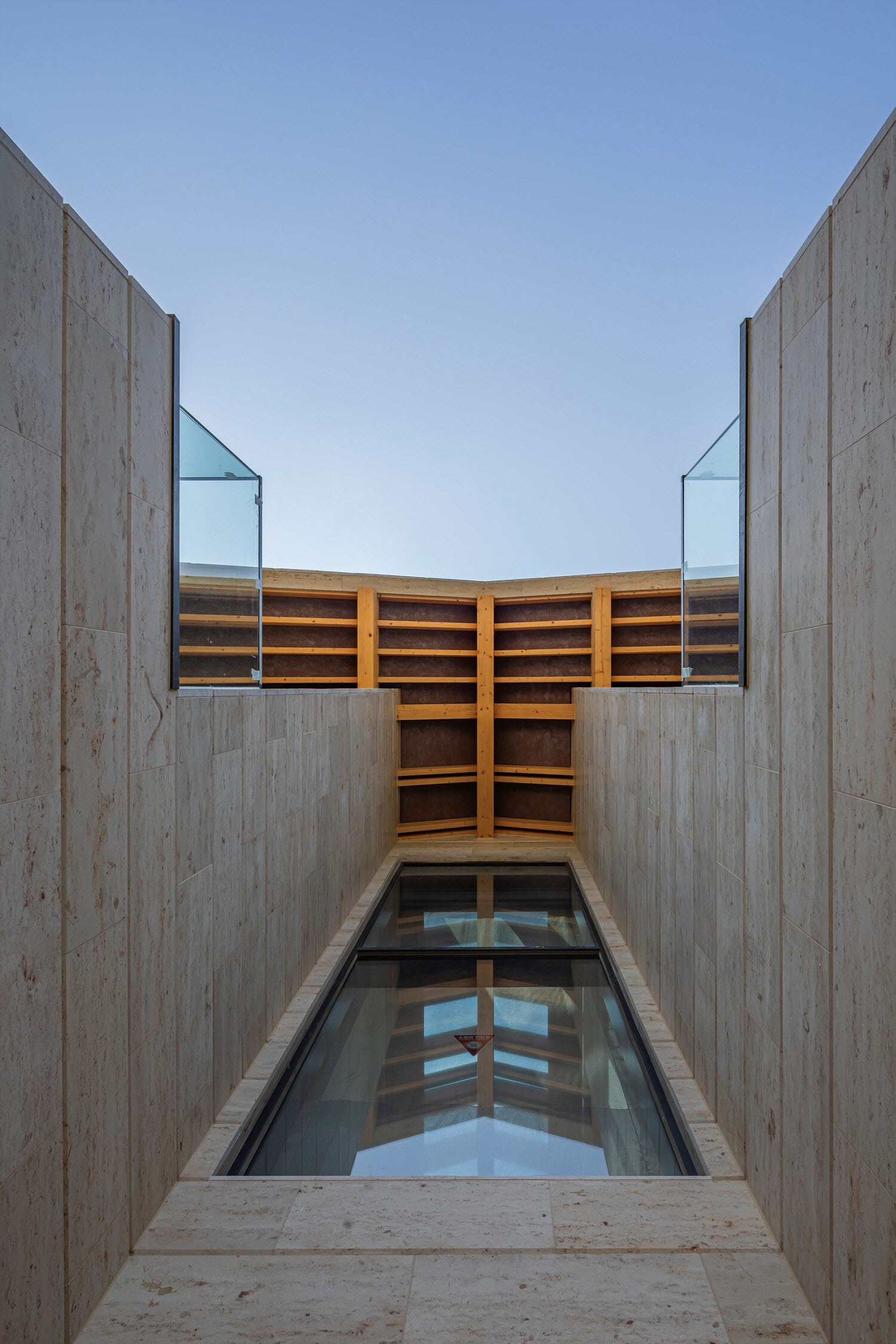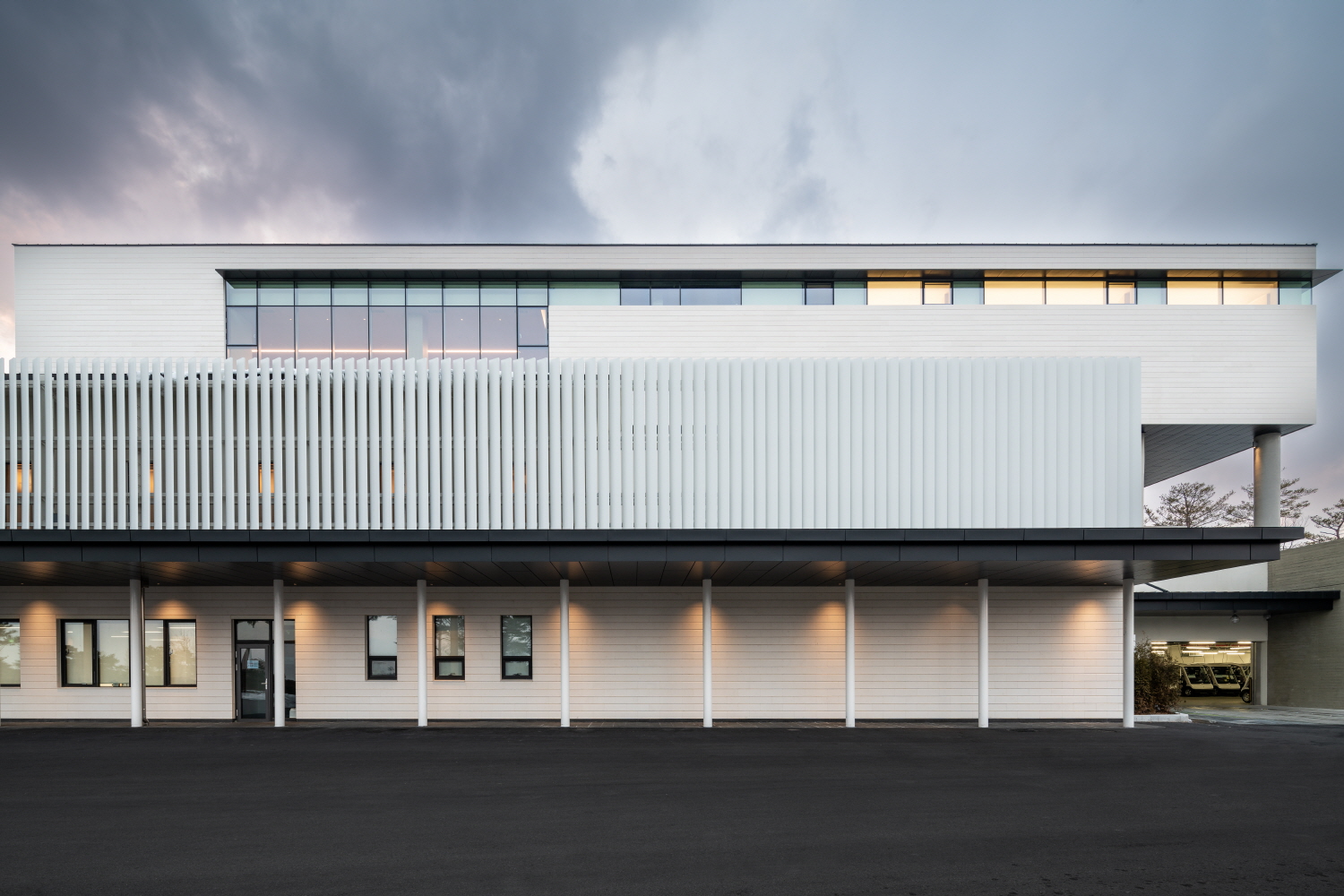SPACE August 2024 (No. 681)
Toward the Thymos▼1

Image courtesy of Seolhaeone / ©Lee Cheolhee
The Age of Polarisation
As cities are getting richer than ever before, both the public and private sectors, architecture with a high degree of design concept and completion by mainly overseas architects has been gaining popularity. Is this a temporary phenomenon or the beginning of a new phase? One of the great phenomena in twentieth-century society is the rise of the middle class. I call it ‘great’ because the rights and philosophy of the ruled class began to play an active role for the first time in human history. The so-called spirit of modern architecture was also to portray civic pride based on this social change in architectural and urban form. The middle class has driven our economic development and increase in wealth. By and large, their culture can be summarised as the pursuit of functional efficiency and communal universality rather than personal taste, and the architecture that targets them has focused on quantitative and universal aspects rather than the personality and individualised pursuits of its occupants. Today’s cityscape is dominated by apartments that may seem uniform from an architectural perspective, but they are the quantitative achievement of the middle class from a social perspective. After the glorious age of the middle class that prompted industrial society to flourish, our social structure has undergone more recent rapid transformation. The diamond-shaped hierarchy with its enlarged middle class has long since begun to change into an hourglass structure due to increased polarisation of wealth. The change in urban space reveals that the culture and tastes of the rich have become more subdivided, and the needs of the poor who need assistance from the government have also become more complex, and both classes require active interventions from architects of different perspectives and experiences. This need is a global phenomenon. When it comes to leisure spaces, the requirements of the so-called wealthy have become more distinctive in terms of consumptive leisure activities. In the case of golf clubs, golfers used to be satisfied with the mere existence and accessibility of a golf course in the past, but now they want to not only play a round of golf, but to also stay in cosy accommodations that reflect their high-end tastes, enjoy beautiful landscapes, gastronomic experiences, and even wellness or healing.
...
Thymos, Productive Surplus
The phenomenon of sharing architectural images on social media with such ease is one of the driving factors behind trends and growth in architectural design of our era. Historically, however, it has also led to the creation of fragmented and consumable forms that can be easily combined into decorative combinations according to the tastes of the client, like the nineteenth-century revivalism that was labeled ‘eclecticism’ or ‘promiscuity’. While management- driven resorts are consumed eclectically as if stitching together Instagram images, the works of architects armed with their own philosophy and engineering can reconcile the tastes of clients to complete productive and constructive results. Seolhaeone is important not only for its architectural unity in the essential techniques of architecture, but also the expansion of the base as a popular image shared by the public, rather than a professional vocabulary understood only by architects. In the age of surplus, the key is how to drive culture and create a distinctive identity through architectural perfection rather than waiting for a great architectural patron like the Medici in the Renaissance, which will become an important factor of architects’ role of in the future. In Korea, where the architectural market is small and enclosed, architects are in a difficult environment as they have to solve even building technology, but we see the possibility of our future in the pioneering JOHO. That is what we expect from future works.

©ARCHFRAME
1. Thymos is a Greek word that is often translated as ‘spiritedness’ in English, and was first mentioned by Plato. In his book The Republic, he used the word to characterise a warrior who fights to the death while discussing the essence of a fair city. Plato believed that the human soul is composed of logos, eros, and thumos. The term has since been used by many philosophers to describe attributes of human beings that are difficult to explain through desire and reason, including Hegel, who described human beings with dignity as an extension of Plato’s thymos, which is the basis of dialectical historiography, and Francis Yoshihiro Fukuyama, who saw thymos as an important spirit of progressive liberal democracy.





